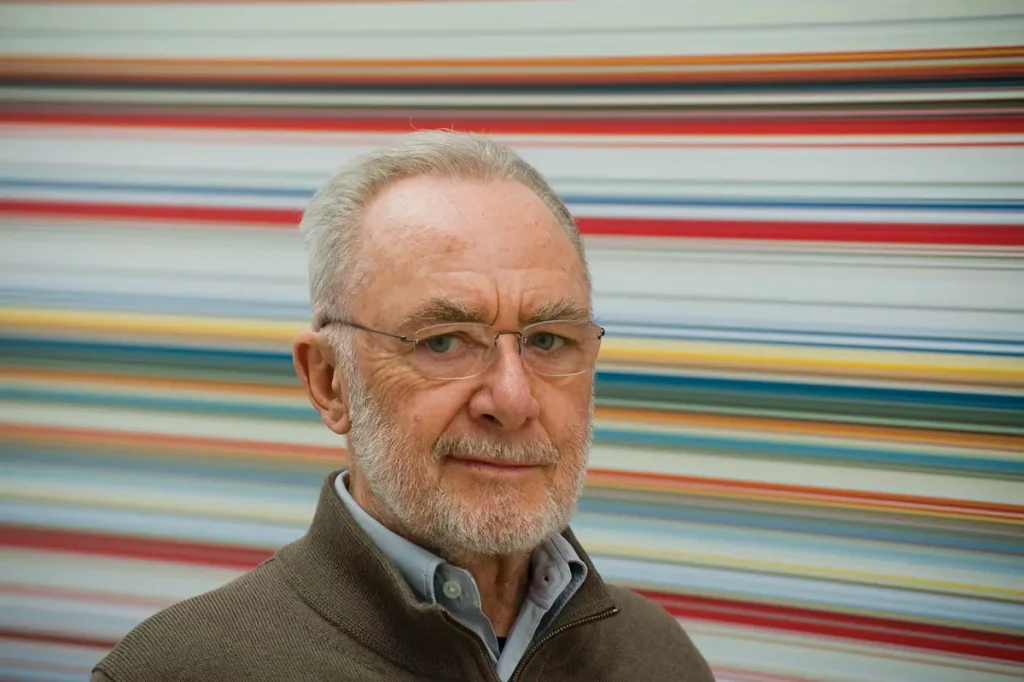Art is the highest form of hope.
Gerhard Richter
One might know the artist because of Sotheby’s auction of his painting ‘4096 Fabren.’ But who is Gerhard Richter? Gerhard Richter is counted among one of those painters who deliberately chose not to align themselves with a singular movement. In doing so, he garnered the talents suited for myriad styles. The contemporary artist, hailing from post-war Germany is known for the intersection between photographs and paintings, producing several photorealistic paintings and glass murals.
Gerhard Richter Artist’s Life
Artist Gerhard Richter was born one day before Hitler rose to power; 9 February 1932. Hence, his early life was spent under a Nazi regime. During his time in East Germany, he became adept at painting social realist murals. Fleeing to West Germany in 1961, he enrolled himself at the Kunstakademie at Dusseldorf, studying painting. This is when Gerhard Richter blurred paintings were engendered.
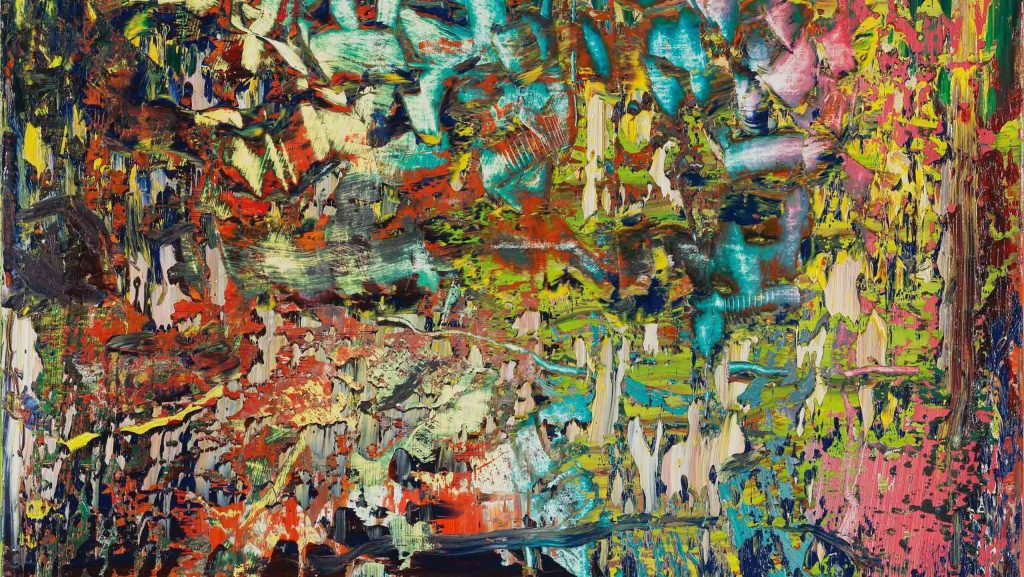
Courtesy – David Zwirner
His work has become a staple at the Art Institute of Chicago, the Tate Gallery in London, and The Museum of Modern Art in New York. He also holds the record for the highest auction price by a living artist. Gerhard Richter painting, ‘Abstraktes Bild’ (1994) was sold for $34 million in 2012. He broke his record twice. One of Gerhard Richter artworks, ‘Domplatz, Mailand’ (1968) was sold for $37.1 million in 2013. The following year, ‘Abstraktes Bild’ (1986) brought in $44.52 million.
Style of Art Gerhard Richter
Gerhard Richter’s contribution to abstraction and photo-based painting is considered to develop the mediums. Richter’s earliest paintings are a testament to his obsession with current affairs, popular culture, and his family. His subjects often include his daughter Betty, portraits and victims of criminals, flickering candles, landscapes, and seascapes. Gerard Richter blurred paintings describe the connection between the photo’s formal makeup and the content it contains. He mastered abstraction, developing a new technique, squeegeeing paint onto the canvas. Gerhard Richter abstract paintings are known for layering. His infatuation with unnatural palettes, dramatic gestures of adding, impulsive subtraction, and spontaneous moving embed meaning to his abstraction.
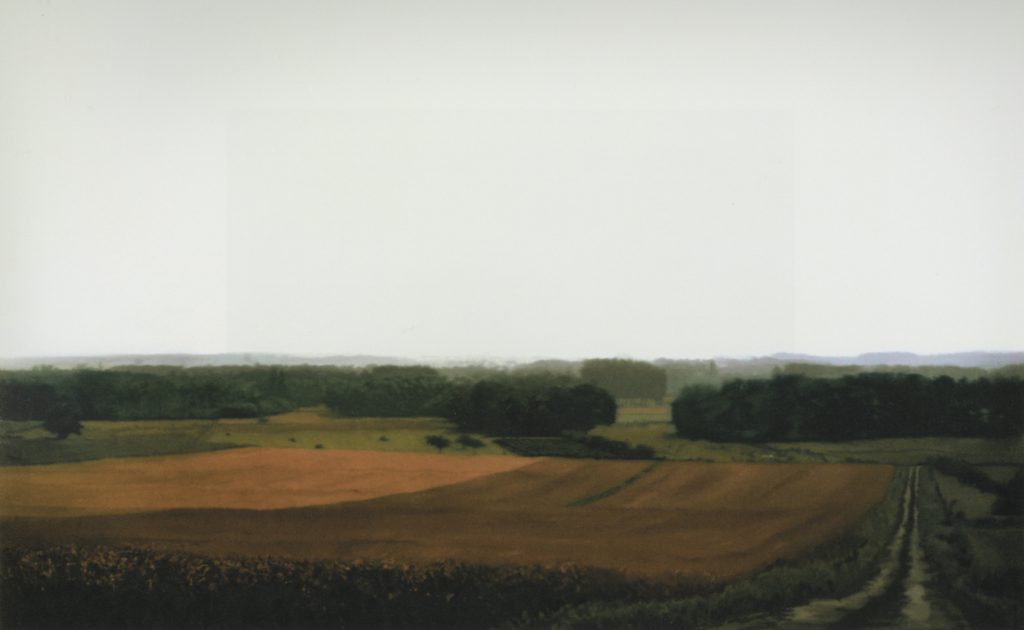
Courtesy – Atlas of Places
Richter’s work often showcases the history of Nazism. In his portraits, he has depicted both the victims and perpetrators. Between the 1960s to 1970s, he predominantly created black-and-white realist paintings using photographs as references. It was during this time he delved into printmaking using techniques of screenprint, photolithography, and collotype. However, none of these lent a ‘non-art’ appearance to his works and he abandoned print media altogether in 1974. With this decision, Gerhard Richter prints became a phenomenon of the past.
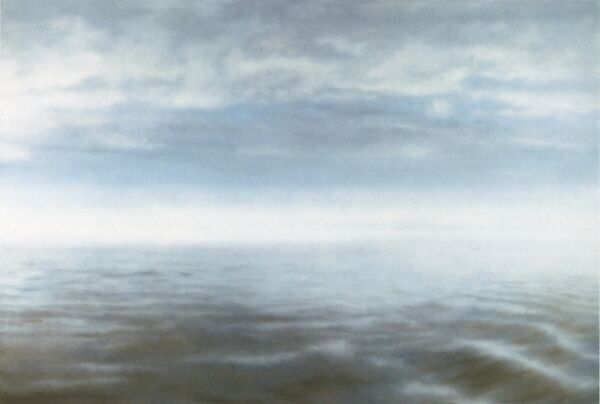
Courtesy – The Metropolitan Museum of Art
A vacation in Corsica, France, was the onset of Gerhard Richter landscapes. His landscapes align themselves with the German Romantic movement. At times, they have been said to evoke the same imagery as Casper David Friedrich’s paintings. Gerhard Richter Seascape originated from his solo travel in Greenland, as a strategy to capture the dry arctic environment.
Gerhard Richter Candles and Skulls
The ‘Candles and Skulls’ painting series is one of the most reproduced Gerhard Richter artwork. Made in 1982-1983, the series of 27 paintings is a homage to the still-life memento mori painting. In this series, Gerhard Richter artist vision can be deciphered with the arrangement of the candles and skulls sitting atop his vacant tables, at varying proportions of natural light in his studio. The paintings describe the essence of solitude and the inevitability of death.
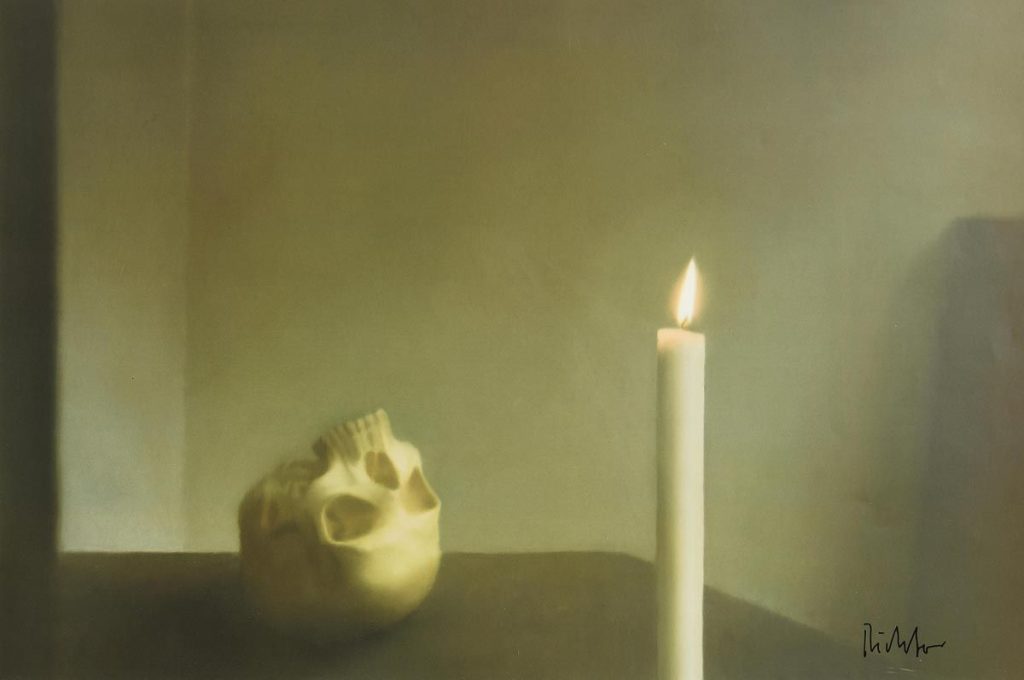
Courtesy – Morgan O’Driscoll
Gerhard Richter Abstract Painting
Gerhard Richter Abstract paintings are known for tactile swirls of grey matter which began with his 1962 work titled ‘Table’. He built a series of abstract paintings, titled ‘Abstraktes Bild’ or ‘Abstract Painting.’ In these paintings, one may see gigantic swathes of colours on the canvas, layered to form a non-representational painting. In these paintings, the patterns and details that emerge are purely coincidental, not intentional. He achieves this effect by blurring and scrapping the layers.
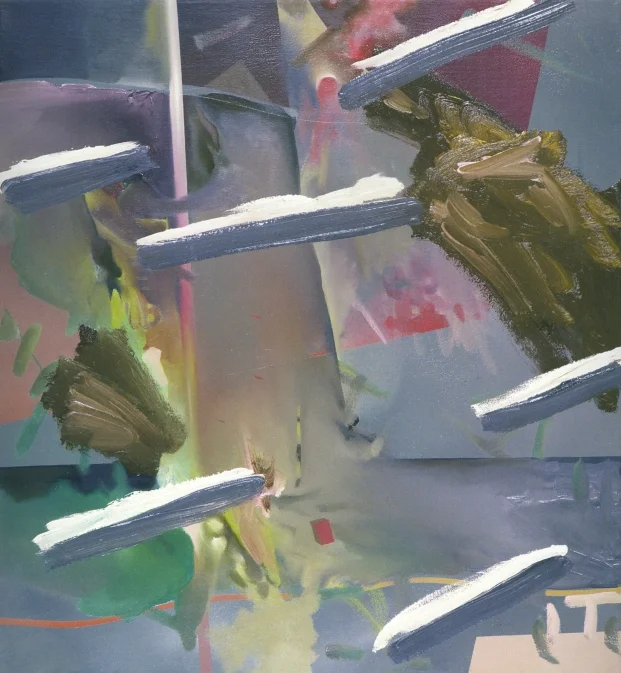
Courtesy – Gerhard Richter
Gerhard Richter Color Chart
Contrary to Gerhard Richter art of the abstract, colour chart paintings created a new narrative. He ushered his audiences into three colour chart paintings. In his first phase (1966 – 1974) he randomly juxtaposed colours to disassociate them with meanings, cultures, and traditions. In his second phase, which commenced in the 1970s, he developed a mathematical system of mixing the primary colour in graduation. The numerous coloured rectangles were arbitrarily placed onto the canvas. In his third phase (2007), he presented vibrant colours for a kaleidoscopic effect.
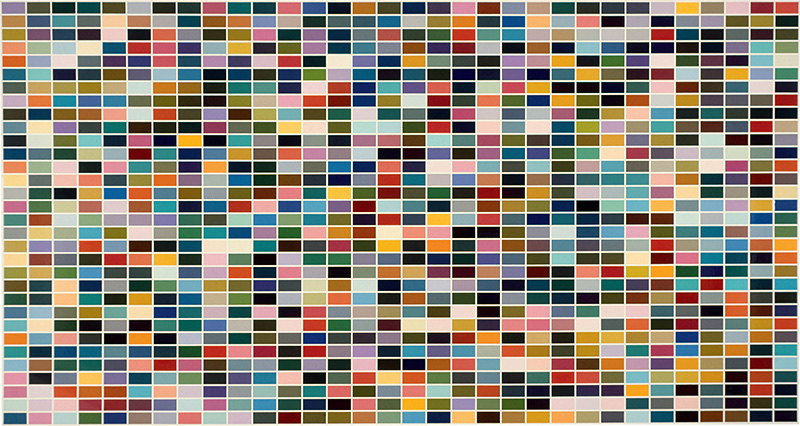
Courtesy – Dream Idea Machine
Gerhard Richter Forty-Eight Portraits
Betty by Gerhard Richter is perhaps his most known portrait. However, these aren’t the only Gerhard Richter portraits. In the 1972 Venice Biennale, Gerhard Richter portrait of 48 influential men in modernism was selected. Portraying exclusively men, the series serves both as a homage and redundancy. The series of paintings, done in a photorealistic style centers the viewer enveloping them in the modern German movement.
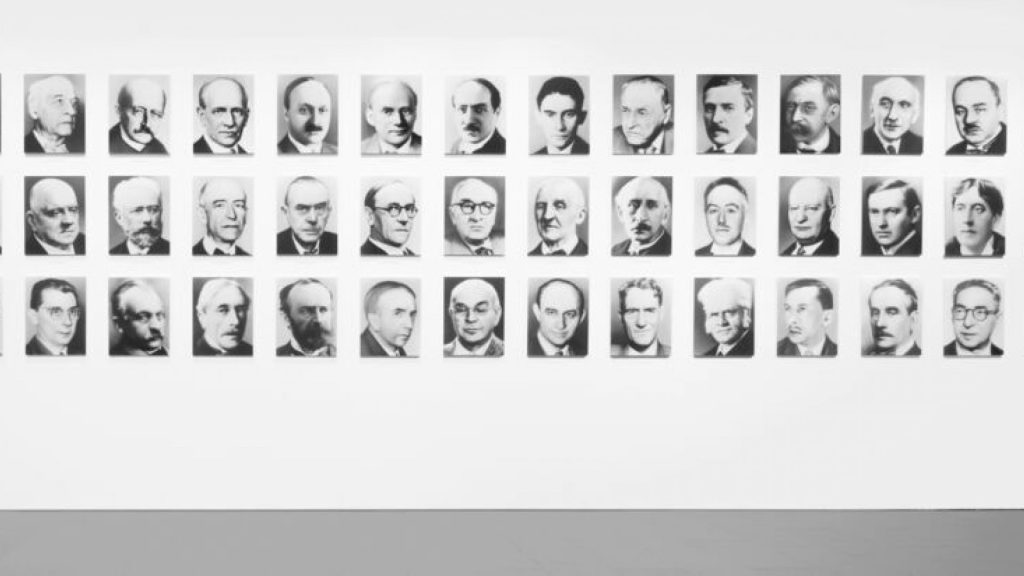
Courtesy – MACBA
Image Courtesy – The Art Newspaper


